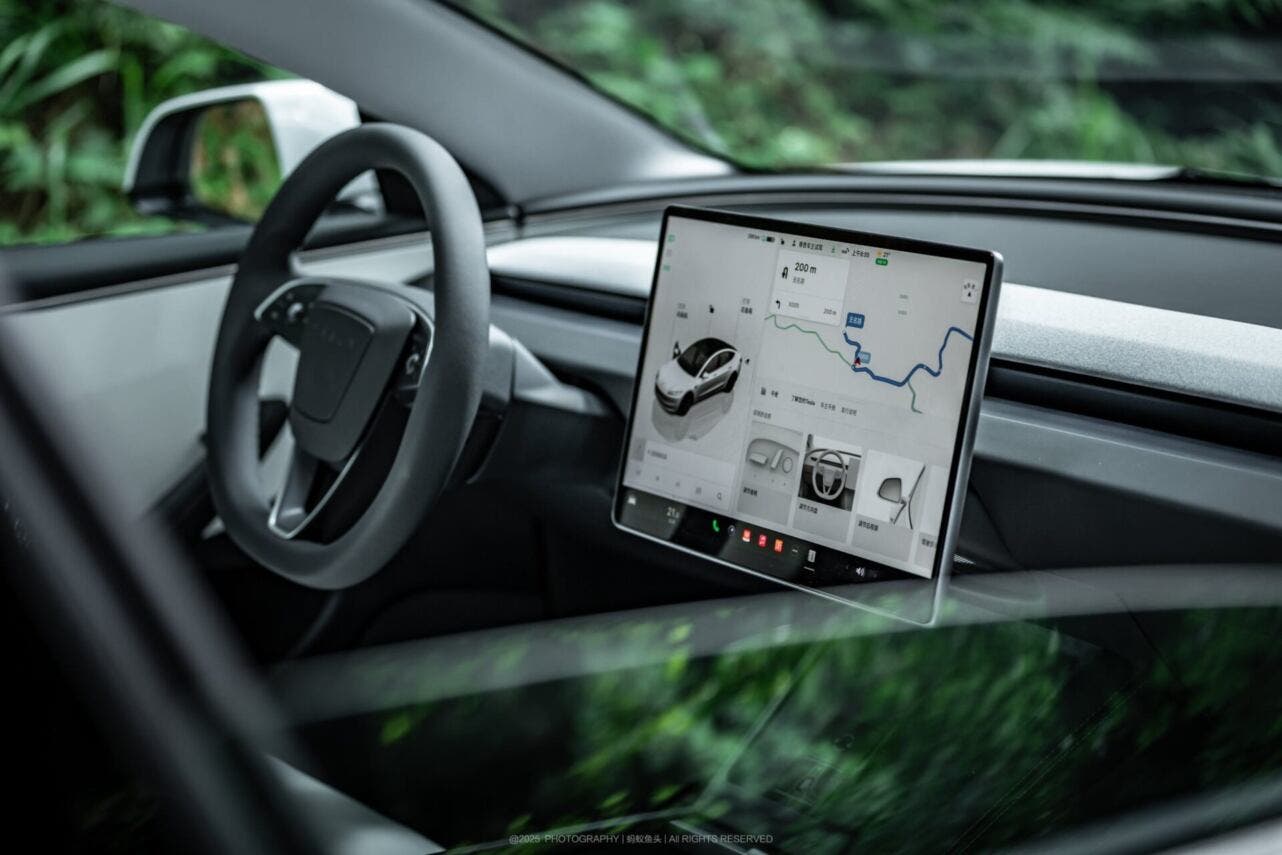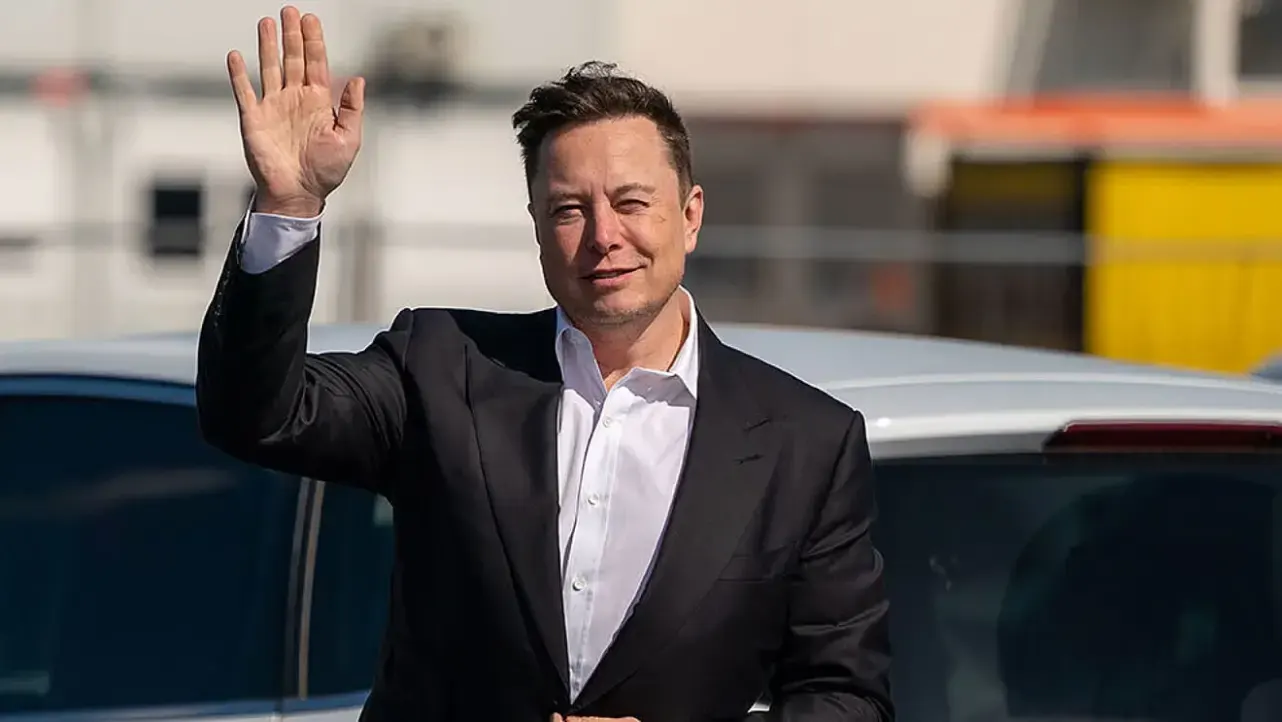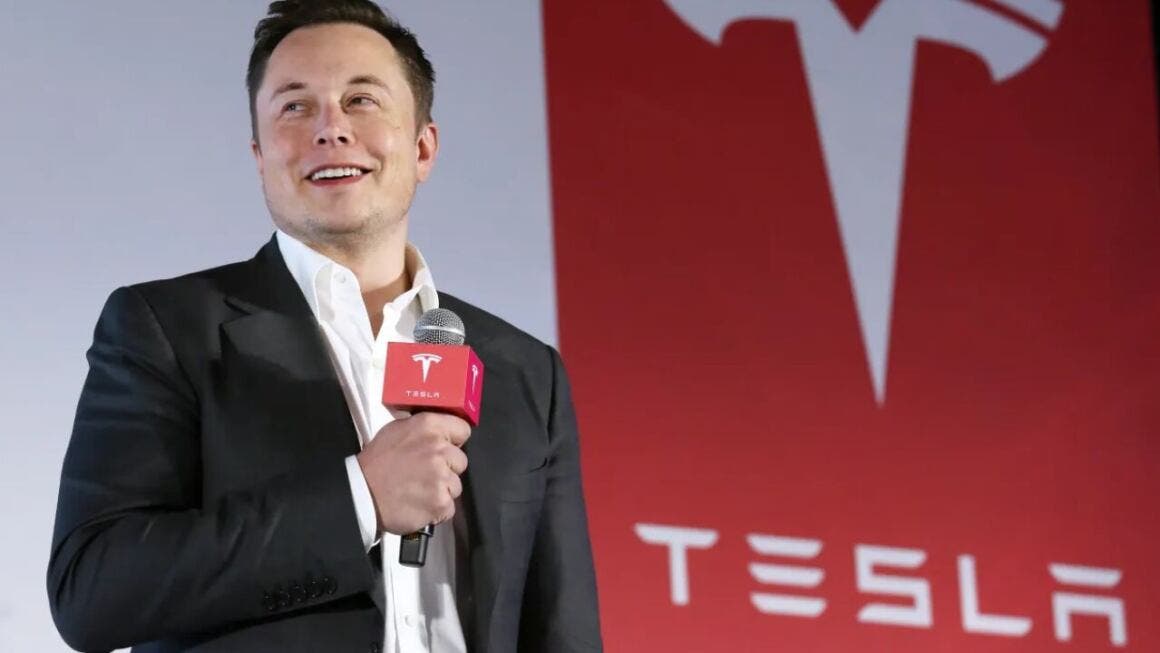Elon Musk never stops surprising, or promising the impossible. During Tesla’s annual shareholders meeting, the CEO announced that “in one or two months, drivers will be able to use WhatsApp or send messages while the car is moving, thanks to autonomous driving.”
Elon Musk claims Tesla drivers will soon use WhatsApp while driving

According to Musk, Tesla is “almost ready” to allow phone use “safely,” although he did not explain how the company plans to bypass legal restrictions or ensure that the system can truly handle every situation. After all, Tesla’s Full Self-Driving remains a “supervised” feature: drivers must keep their hands on the wheel and are still legally responsible for any accident.
Talking about “safe messaging” therefore sounds more like yet another media stunt than an actual technological breakthrough. Musk has been making the same promise since 2016, always with deadlines of a few months, and always missing them. This time, he’s pushed the goalpost to 2026, implicitly admitting that full autonomous driving is still far from reality.
Meanwhile, Tesla continues to publish safety reports that few consider reliable: they exclude minor accidents, rely mostly on highway data, and are not independently verified.

Even the Austin Robotaxi program, touted as Tesla’s next big step, is showing concerning numbers, one crash every 100,000 kilometers, compared to the one every 8 million Musk once promised. To truly reach a level where drivers could safely text or take their eyes off the road, Tesla would need official certification for Level 3 or Level 4 autonomous driving, where responsibility shifts from the driver to the manufacturer.
So far, only Mercedes-Benz has obtained partial approval, and only on limited stretches in California and Nevada. In the end, Musk’s statement seems less like a technical milestone and more like a publicity move to keep investors engaged amid declining sales and rising competition.

